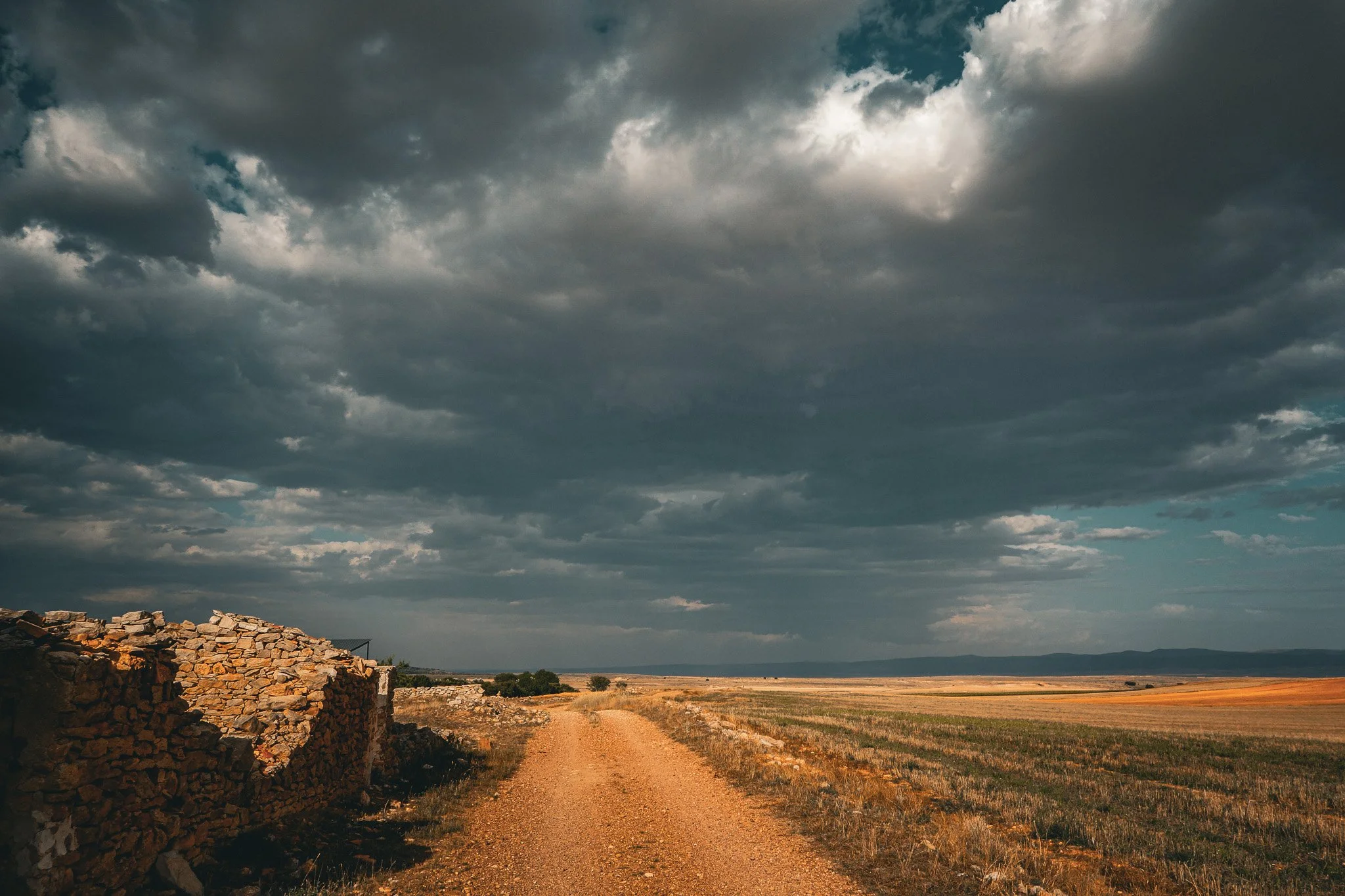
A Practice of Presence
The Quiet Art of Flâneuring: A Philosophy of Wandering and Presence
There is a kind of walking that goes nowhere in particular. It doesn’t measure steps or track progress. It doesn’t rush toward achievement or productivity. It’s not a workout, a commute, or even a hike. It’s something softer, older, and far more radical.
It is called flâneuring—the slow, intentional art of wandering.
Rooted in the French word flâner, meaning to stroll, this gentle practice was brought into poetic prominence by 19th-century writers and philosophers like Charles Baudelaire and later Walter Benjamin. The flâneur, often depicted wandering the streets of Paris with a notebook in hand and no agenda in mind, came to symbolize a way of being in the world—attentive, open, unhurried.
But flâneuring isn’t just about the streets of Paris. It can happen in a vineyard path in Burgundy, a seaside trail in the Basque Country, or a quiet lane in your neighborhood. What matters isn’t the setting. What matters is the attention you bring to it.
A Practice of Presence
To flâneur is to say: I am here. I am listening. I am not in a hurry. In a world obsessed with doing, flâneuring is the radical act of simply being.
When we wander without purpose, we begin to see differently. We notice the shape of a shadow, the rhythm of a stranger’s footsteps, the scent of bread escaping a bakery. The world, which so often blurs past us, slows down and becomes textured, vivid, alive.
This practice cultivates presence—not the forced kind, but the natural kind that arises when there’s nothing else to be, nowhere else to go.
A Return to the Senses
Flâneuring is also a return to the senses. We begin to see, smell, and hear like artists again. It is no coincidence that so many writers, thinkers, and photographers have been devoted flâneurs. The slow pace and open attention unlock a well of creative perception.
Ideas begin to appear without being summoned. Emotions settle. The mind finds its natural rhythm. We begin to live not in reaction, but in relation—to our environment, to ourselves, and to the quiet stories unfolding all around us.
The Health of the Soul
Flâneuring also nurtures something modern wellness often overlooks: the health of the soul.
While the benefits of walking for cardiovascular health and mental clarity are well documented, the particular kind of walking involved in flâneuring adds an emotional and philosophical layer. It offers:
Mental spaciousness, easing anxiety and decision fatigue.
Emotional restoration, especially after grief, change, or overwhelm.
A gentle rhythm, ideal for older adults, creatives, or anyone recovering from the fast pace of modern life.
A reconnection with curiosity, childlike wonder, and quiet joy.
It’s no surprise that pilgrims have walked for centuries, not for speed, but for transformation.
A Philosophy for Our Time
In many ways, flâneuring is an antidote. In an age of efficiency and distraction, it invites us to move more slowly, see more clearly, and live more deeply.
It reminds us that the value of a moment isn’t in its usefulness, but in its aliveness. That being human isn’t about filling our calendars, but about finding meaning in the spaces between. That we don’t always need to chase a destination to arrive somewhere worthwhile.
An Invitation to Walk Without a Plan
So let us walk without a plan. Let us allow the street, the coastline, the breeze, the turning of the leaves to guide us.
Let us return to the forgotten art of flâner—not to escape the world, but to rejoin it.
To meet it with open eyes and unguarded steps.
To remember that being alive is not a task to complete, but a rhythm to follow.
This is not idleness.
It is devotion—to attention, to beauty, to life itself.